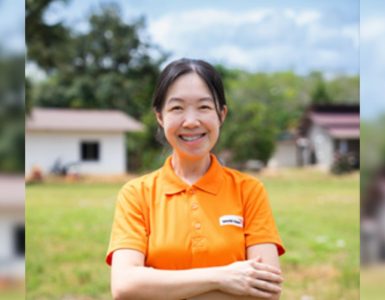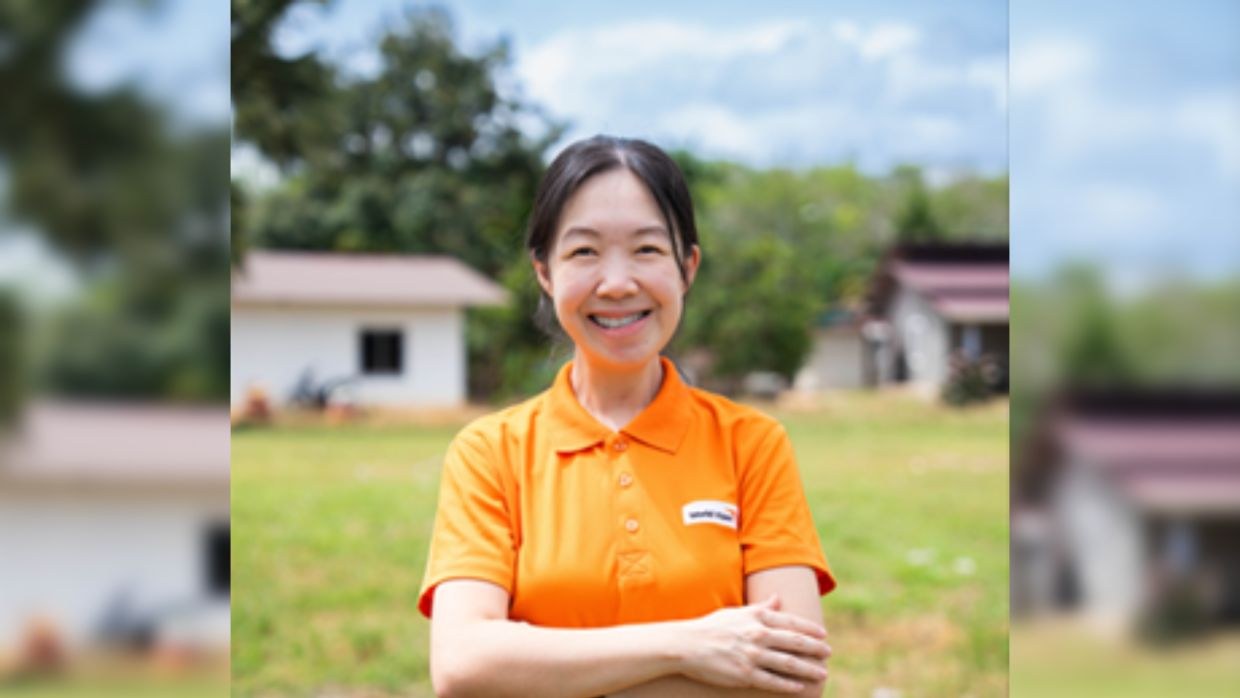In Myanmar 32 percent out of a population of 54 million live in poverty. Myanmar is the poorest country in South East Asia. (Source: United States CIA Factbook)
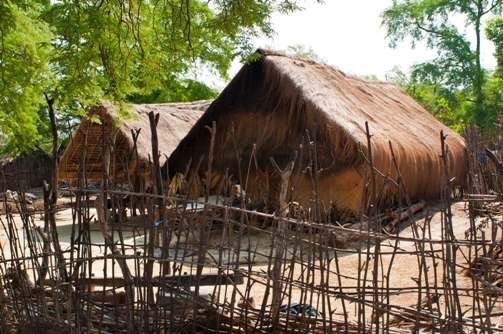


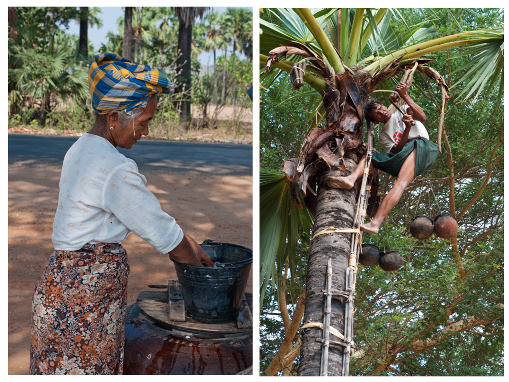
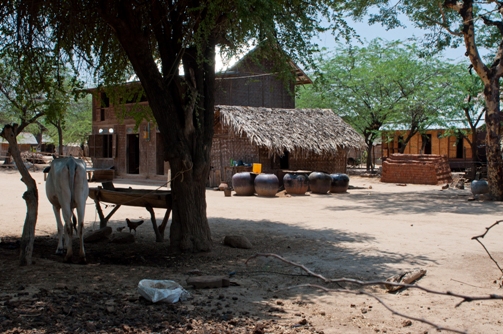

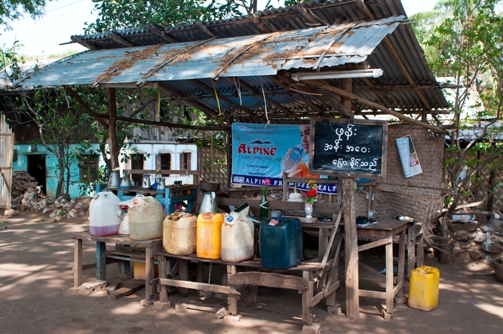
There is a general consensus that tourism can have a massive impact and could become central to developing Myanmar’s economy while at the same time reducing poverty of the masses and provide employment for the growing number of youths.
With the democratising reforms of the Government and easing of trade sanctions by the United States and Europe, Myanmar can expect an increasing influx of visitors and tourists.
Myanmar has much to offer and to date have submitted a tentative lists of 8 sites for designation as world heritage to UNESCO.
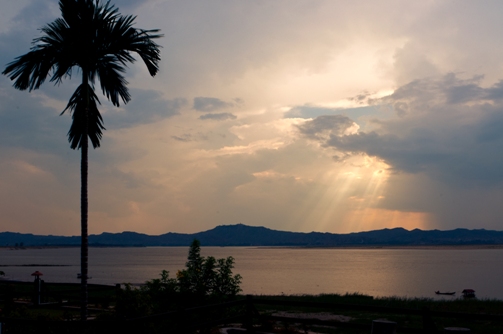
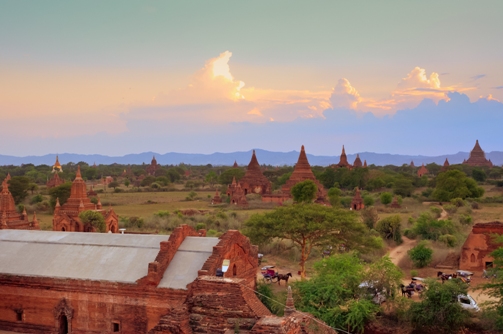
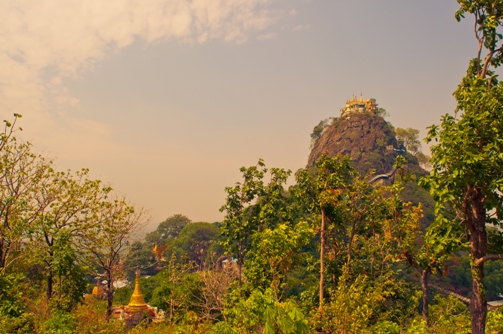
Unfortunately, at the moment, it appears that those who benefit from the country’s tourism sector are government cronies, members of the military and rich businessmen and not the poor and poorest of the population.
There is a lack of tourism infrastructure. Large-scale development projects serve only to enrich a few and contribute to inflation making the poor even poorer. There is a need for the Myanmar government to incorporate poverty elimination objectives into their tourism strategy.
Dr Andrea Valentin, the founder of Tourism Transparency, (an NGO) recently presented a paper at the Responsible Tourism Conference in Myanmar’s new capital, Naypyidaw. In his paper “Benefits of pro-poor tourism” he stressed the importance of putting the people and not those privileged few at the centre of the development agenda in order to ensure a sustainable tourism strategy. This will not only serve to improve the economy but also help in the eradication of poverty in Myanmar.





